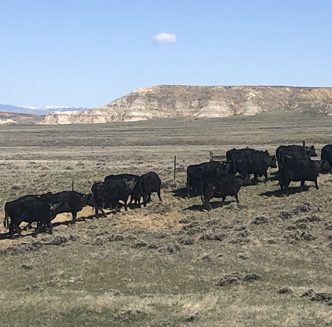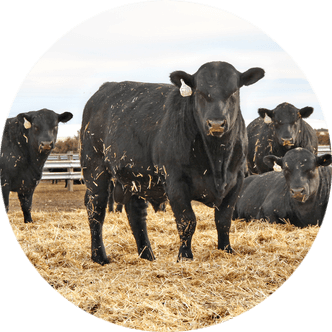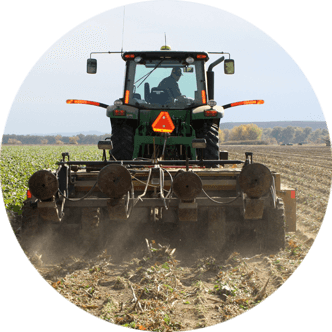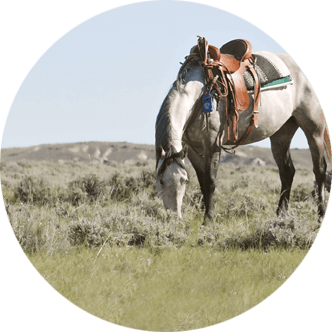BCRC outlines six things to consider when storing hay
As swathers, haybines and balers hit the fields, storing forages is on the minds of many beef cattle producers. Proper hay storage is essential to preserve resources produced in summer months and provide high-quality winter feed for livestock when grazing is not feasible or accessible.
Preparation done ahead of time can help avoid quality and quantity losses when harvested forages are exposed to the weather.
A six-foot diameter round bale stored uncovered can be expected to have spoilage in a four-inch layer around the outside of the bale, which represents 20 percent of the bale volume.
Given feed is the major input cost in cattle production, producers must evaluate the cost of production for all stored hay systems to determine which one best fits their operation and goals.
Considerations
Minimize storage losses due to heating and mold growth by baling at moisture levels between 15 and 18 percent.
Increased bale density enhances the ability of round bales to shed water. Even, uniform windrows make formation of consistently shaped and dense bales easier.
The external layer of a bale represents a substantial loss of yield and quality due to weathering. Bale size impacts the proportion of hay in the surface layer with larger bales having less percentage of their total feed exposed.
Choose well-drained storage sites. Regardless of the method of storage, bales will pull moisture up from the ground through a “wicking” action. Therefore, choosing well-drained sites for storage locations can help prevent this.
Large round bales without cover should be stored end-to-end in single rows in a north-south orientation. Include space between the bales to facilitate good air circulation and drying.
Storage losses can be reduced by two-thirds with indoor storage and by one-half with good covering outside.
Conclusion
Hay storage is important to preserve forage quality and to provide cattle with the essential nutrients required to keep them healthy and the operation running smoothly.
All farms are different, and no storage system is one size fits all so producers should find the option that works best for them.
The Beef Cattle Research Council (BCRC) strives for excellence in the production of Canadian beef and forage through research, innovation and Extension. For more information, visit beefresearch.ca.





